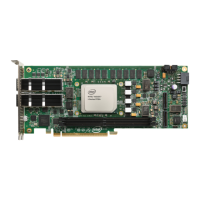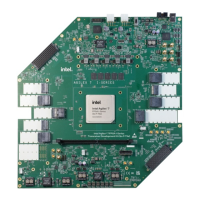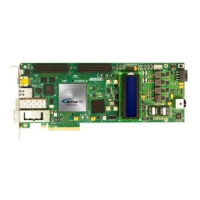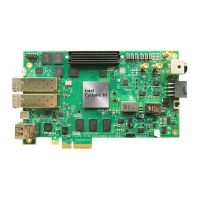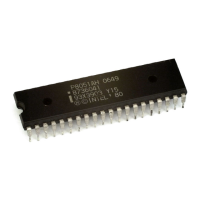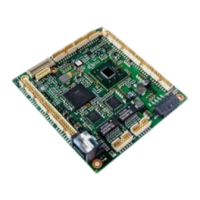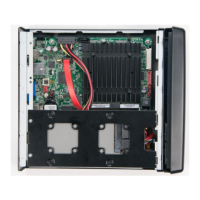The following topics describe the expected behavior of configuration pins. In addition, these topics provide some suggestions
to assist in debugging configuration failures. Refer to the separate sections on each configuration scheme for debugging
suggestions that pertain to a specific configuration scheme.
Related Information
• Debugging Guidelines for the Avalon-ST Configuration Scheme on page 52
• Debugging Guidelines for the AS Configuration Scheme on page 106
• Debugging Guidelines for the JTAG Configuration Scheme on page 119
6.7.1. nCONFIG
The nCONFIG pin is a dedicated, input pin of the SDM. nCONFIG has two functions:
• Hold-off initial configuration
• Initiate FPGA reconfiguration
The nCONFIG pin transition from low to high signals a configuration or reconfiguration request. The nSTATUS pin indicates
device readiness to initiate FPGA configuration.
The configuration source can only change the state of the nCONFIG pin when it has the same value as nSTATUS. When the
Intel Agilex device is ready it drives nSTATUS to follow nCONFIG.
The host should drive nCONFIG low to initiate device cleaning. Then the host should deassert nCONFIG initiate configuration.
If the host drives nCONFIG low during a configuration cycle, that configuration cycle stops. The SDM expects a new
configuration cycle to begin.
Debugging Suggestions
The host drives nCONFIG. Be sure that it is not floating or stuck low. nCONFIG should remain high during configuration.
6.7.2. nSTATUS
nSTATUS has the following two functions:
•
To behave as an acknowledge for nCONFIG.
•
To behave as an error status signal. It is important to monitor nSTATUS to identify configuration failures.
6. Intel Agilex Debugging Guide
UG-20205 | 2019.10.09
Intel
®
Agilex
™
Configuration User Guide
Send Feedback
188

